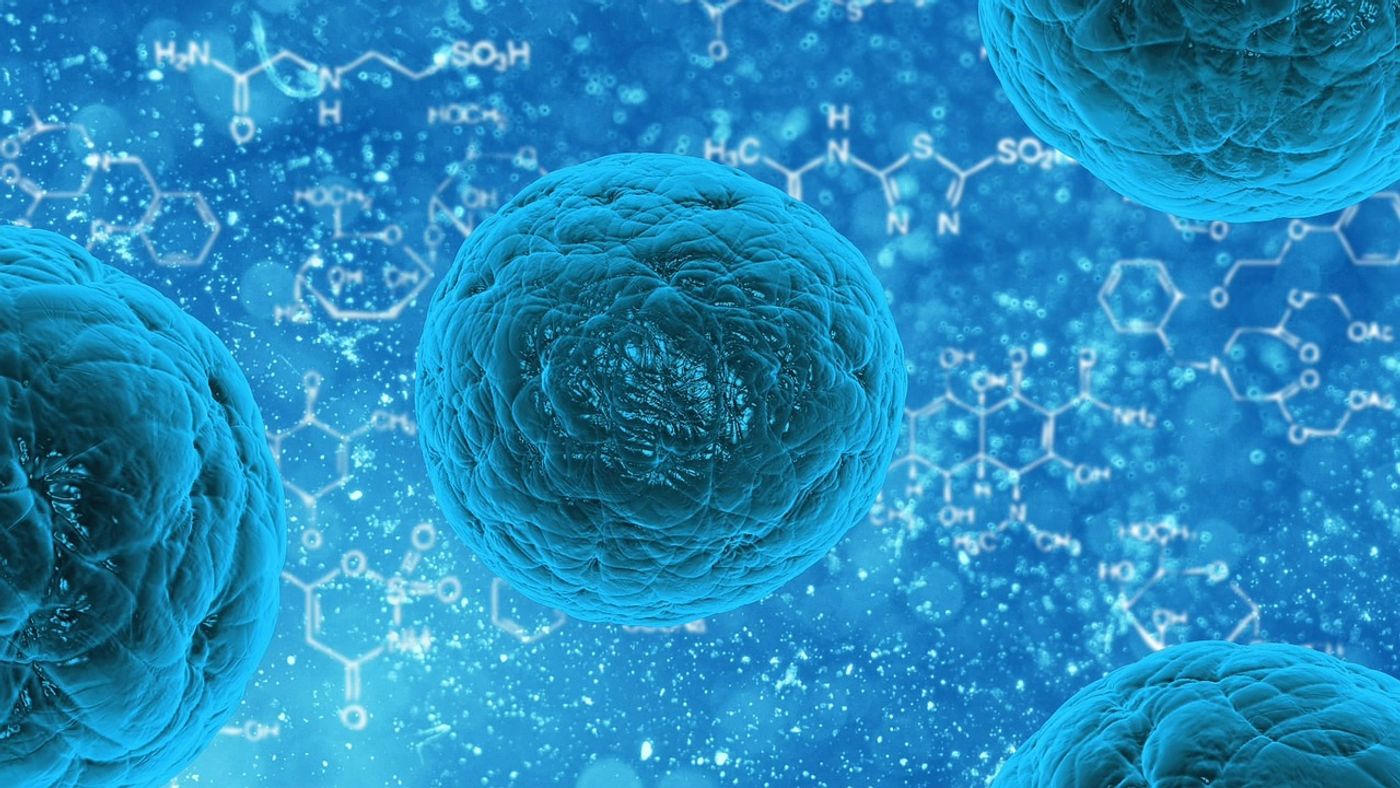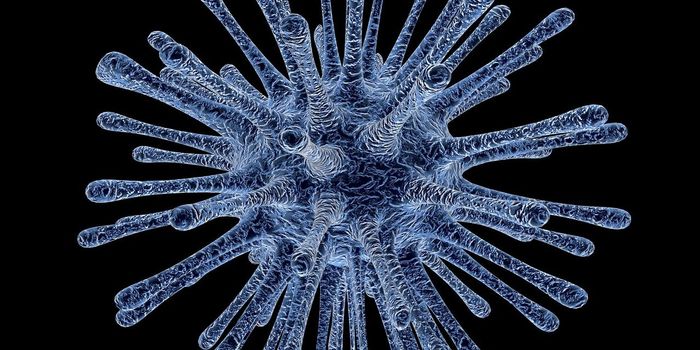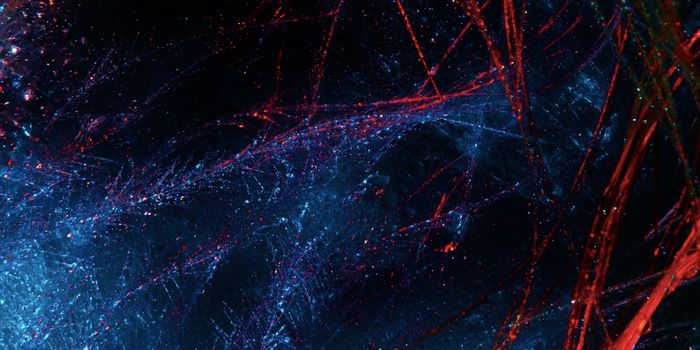Many new and exciting developments to help in the battle against cancer are making use of the immune system. One such study illuminates yet another immune regulator to add to the growing list of targets for therapy. Regulator molecules can alter the behavior of the immune system. In some cases regulators can upregulate the immune system, allowing it to mount a robust immune response. In other cases, the regulator will down-regulate the immune system to turn off the immune response effectively.
In a study performed at the Scripps Research Institute of La Jolla California a team of scientists led by Benjamin Cravatt, professor and chair of the Chemical Physiology department, found an essential immune system-regulating protein called ABHD12. Their findings are detailed in the November 12 issue of Nature Chemical Biology. Their interest in the protein stems from its absence resulting in a rare genetic disease called PHARC (polyneuropathy, hearing loss, ataxia, retinitis pigmentosa, and cataract).
ABHD12 protein is found to behave as an immune regulator which will put a stop to an active immune response. This will aid in the protection of a too severe immune response. In the study mouse models with a genetic knockout to eliminate the protein are utilized to display what the immune response looks like without its “breaks.” The mice exhibit increased inflammation and are more likely to overreact to a viral infection.
What the scientists observe in the case of the mouse model indicates that the absence of ABHD12 in people with mutant versions of its gene may cause neurological disease triggered by the overreacting immune system. What the researchers also acknowledge is that this protein may perhaps even serve as a target for immunotherapies used to boost the immune system. The reality behind cancer and viruses that are running rampant is that they will shut down their host’s immune system, so if the therapy works to turn it back on, the host may have a better chance at cleaning the threat.
"The idea was to use this inhibitor to disrupt ABHD12 in otherwise normal adult mice, and compare the effects to what we see in the ABHD12-knockout mice that never have a working copy of the enzyme," Cravatt says.
Further, by making use of an inhibitor to minimize the amount of protein production the team observed an increase in lyso-PS (an immune activity stimulator) in macrophages – the phagocytic immune cells. The results of the inhibition of ABDH12 proved to be less effective than the total knockout.
To observe what happens when a viral infection is introduced into the mouse models, the scientist made use of LCMV or lymphocytic choriomeningitis virus. Ordinary infections of LCMV will cause minor symptoms but generally will require a lengthened duration of time to clear the infection. The team discovered that the ABHD12 knockout mice in addition to the inhibited mice exhibit powerful immune responses that clear the infection.
"The enhanced mortality and lung pathology were striking in clone-13 infected mice following ABHD12 inhibition or deletion," one researcher remarks.
The team strives to continue their research in hopes to one day promote ABHD12 as a target protein for therapeutic approaches against cancer and infection.
Sources: Nature, Science Daily, Scripps, YouTube









